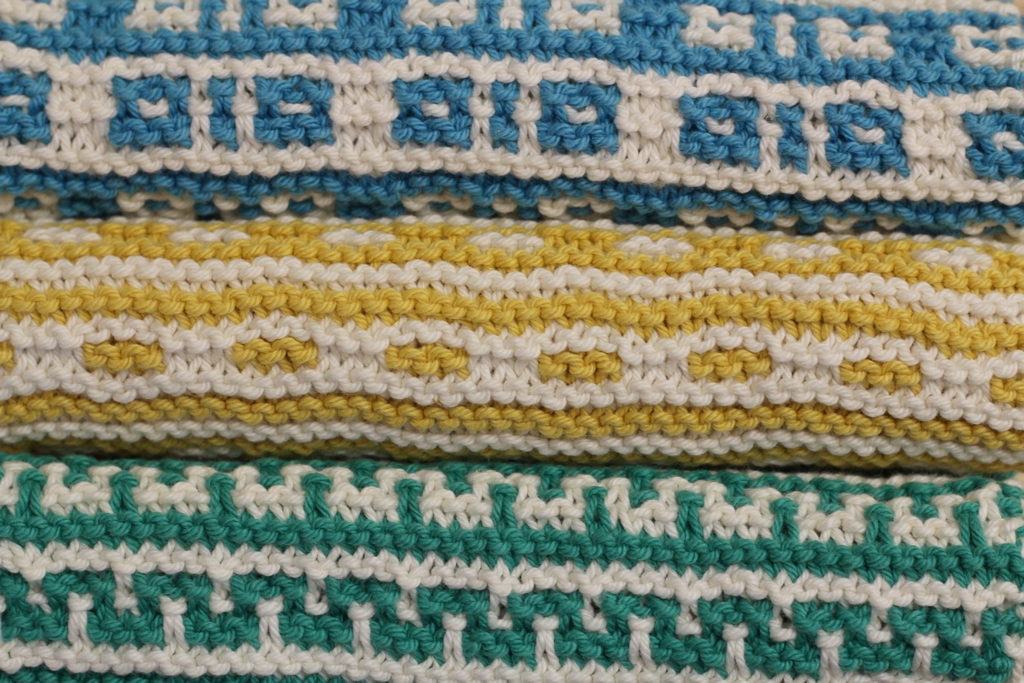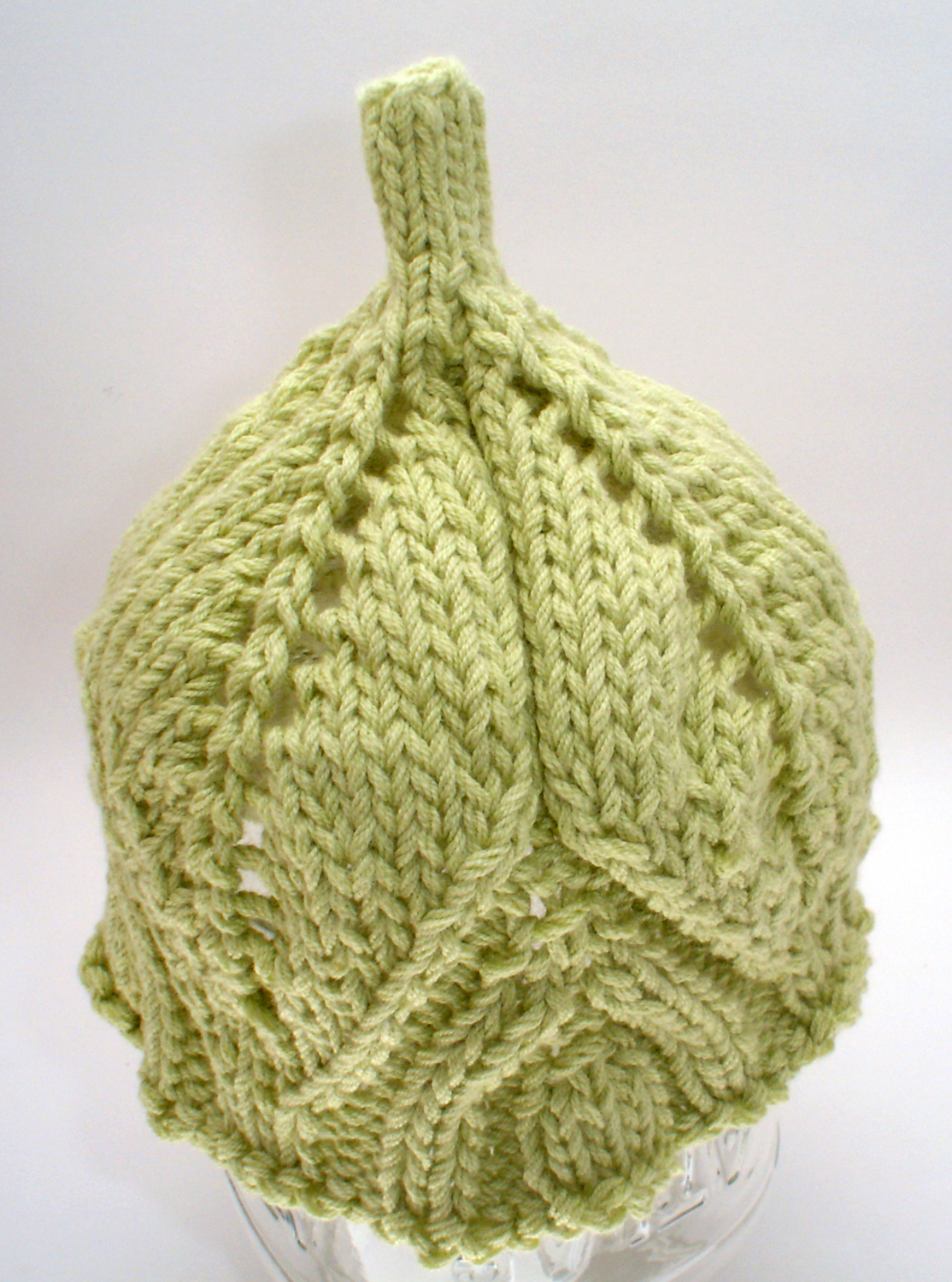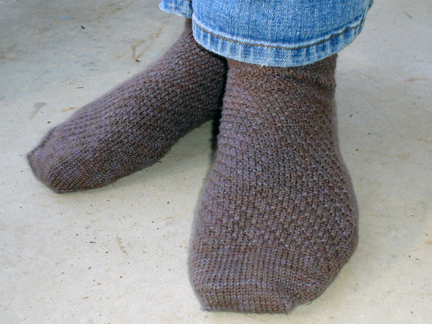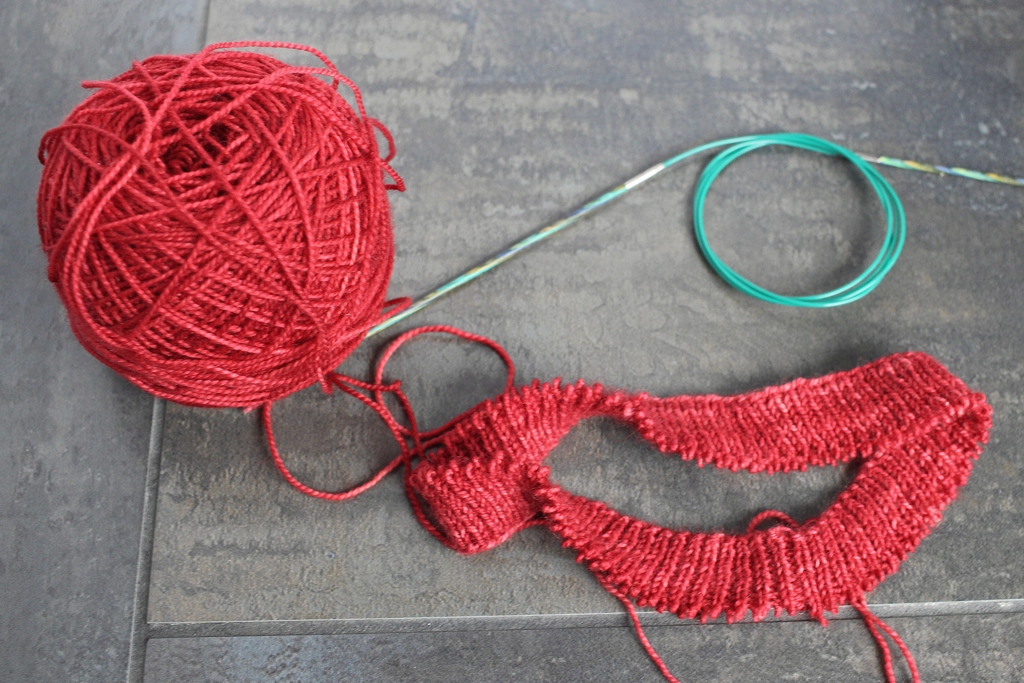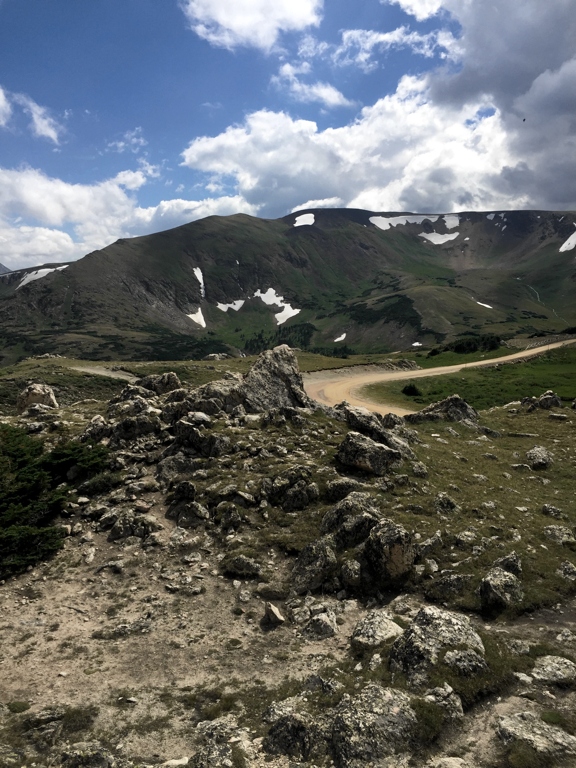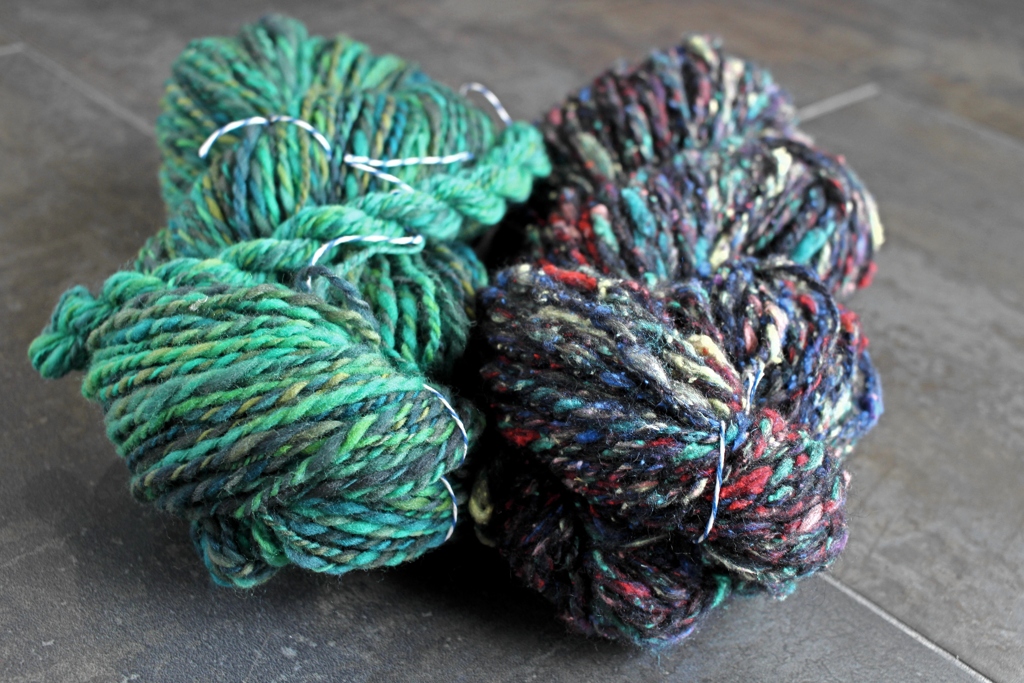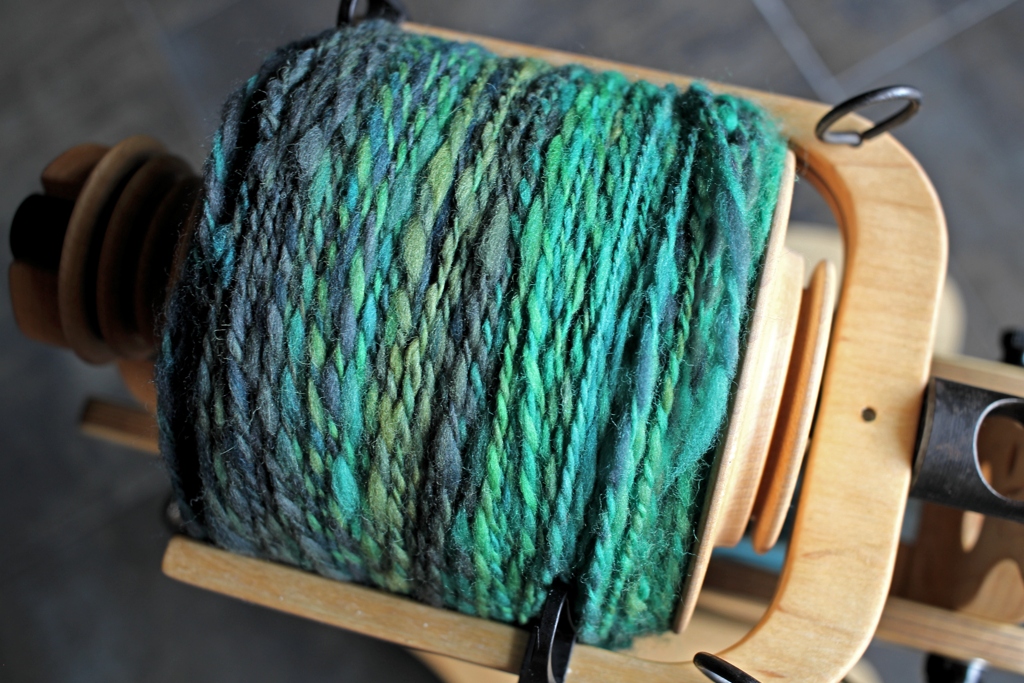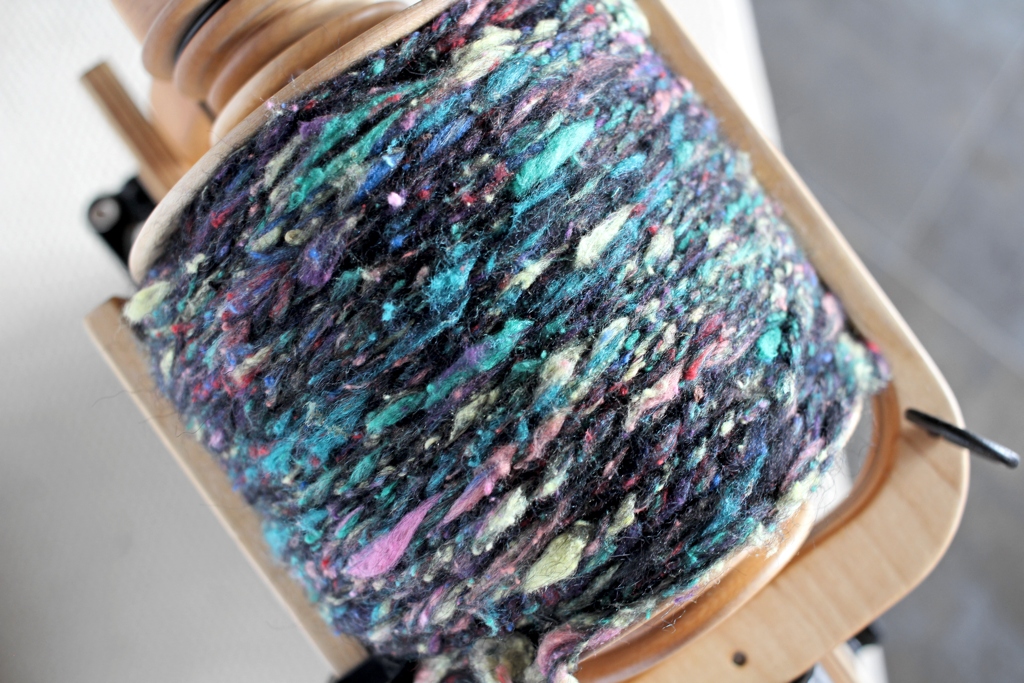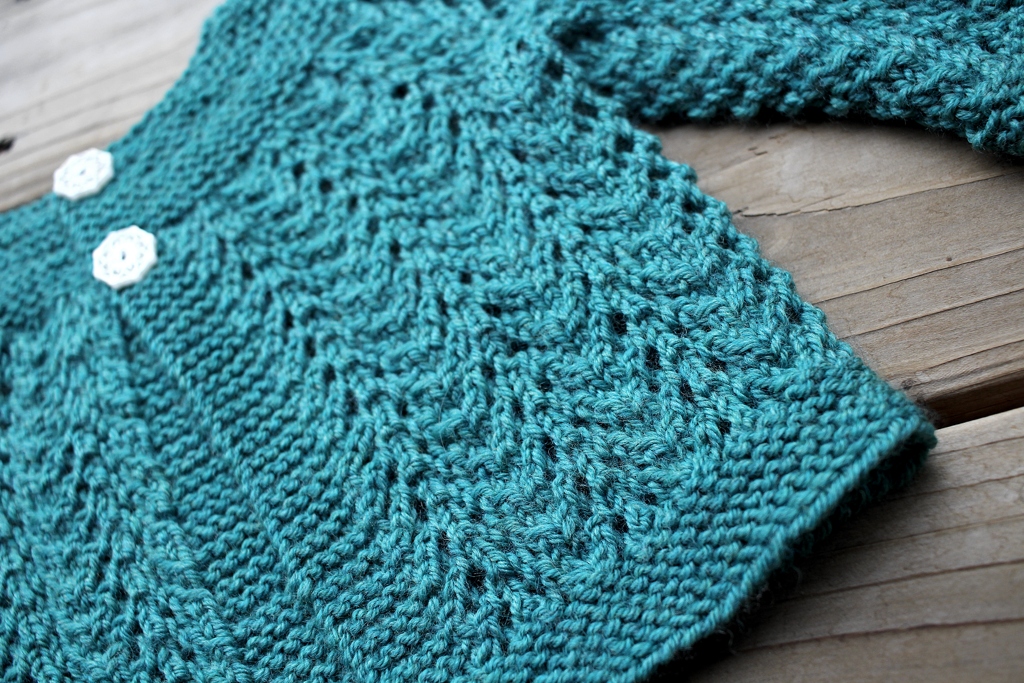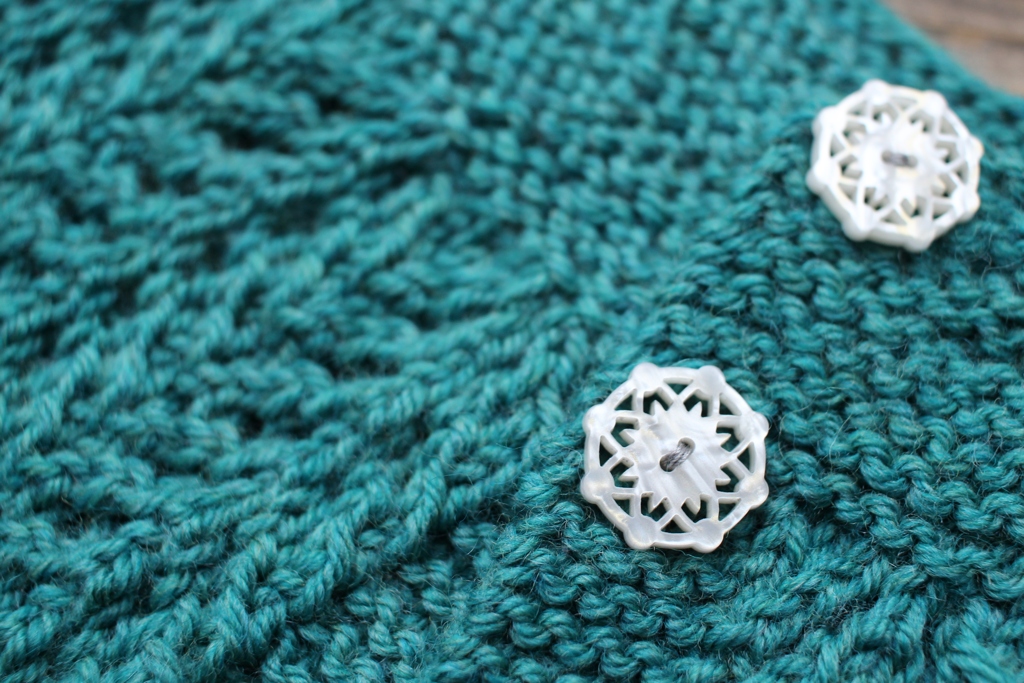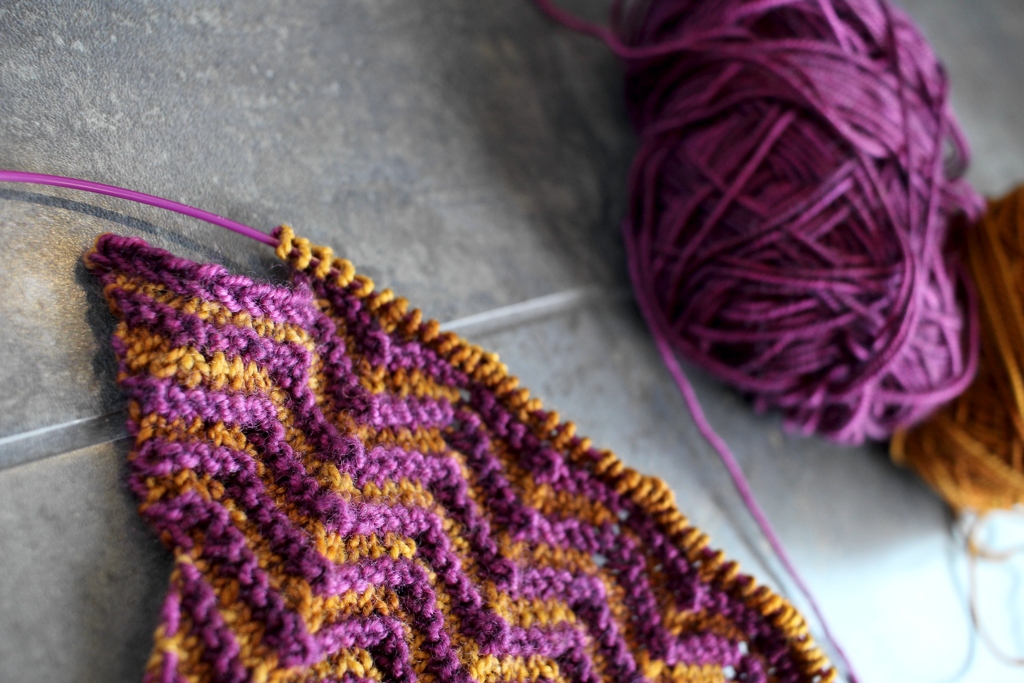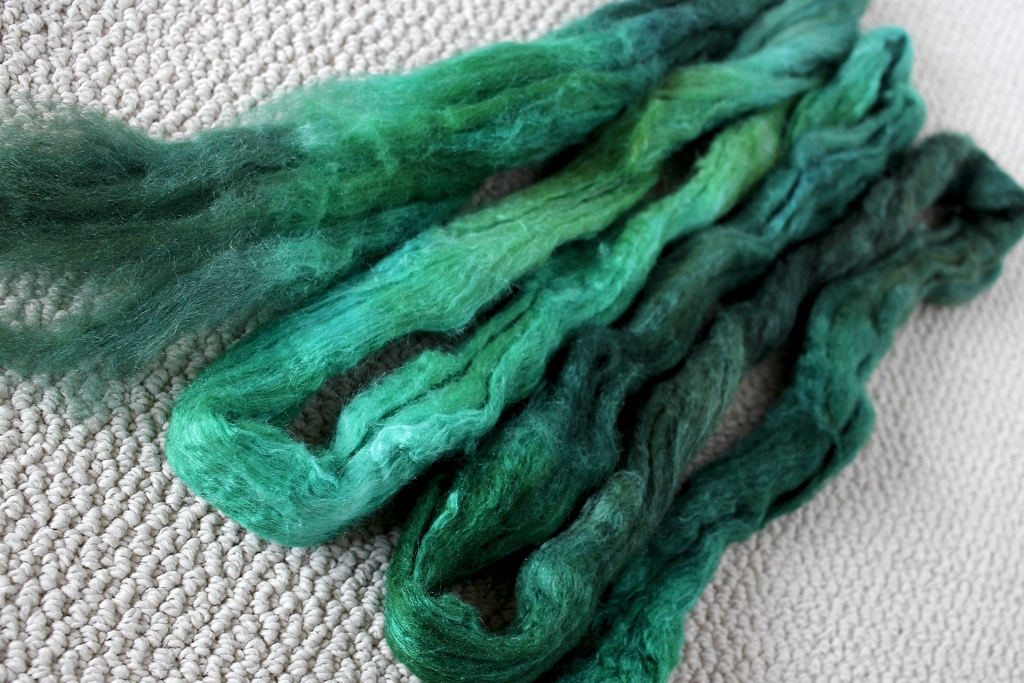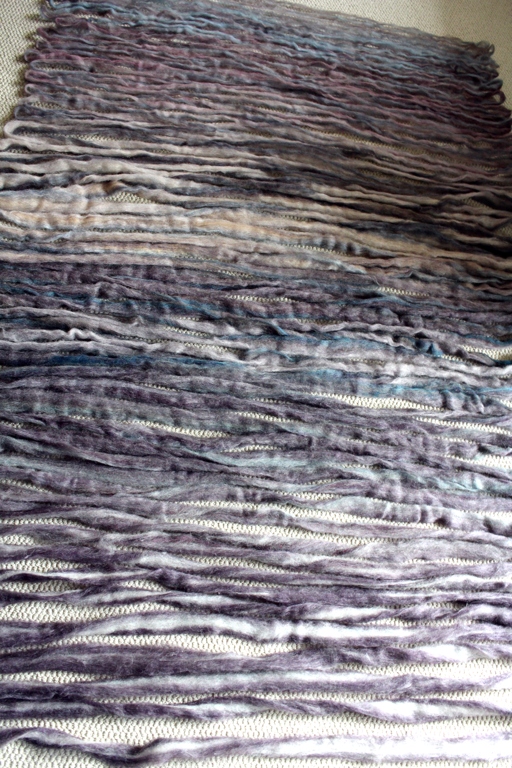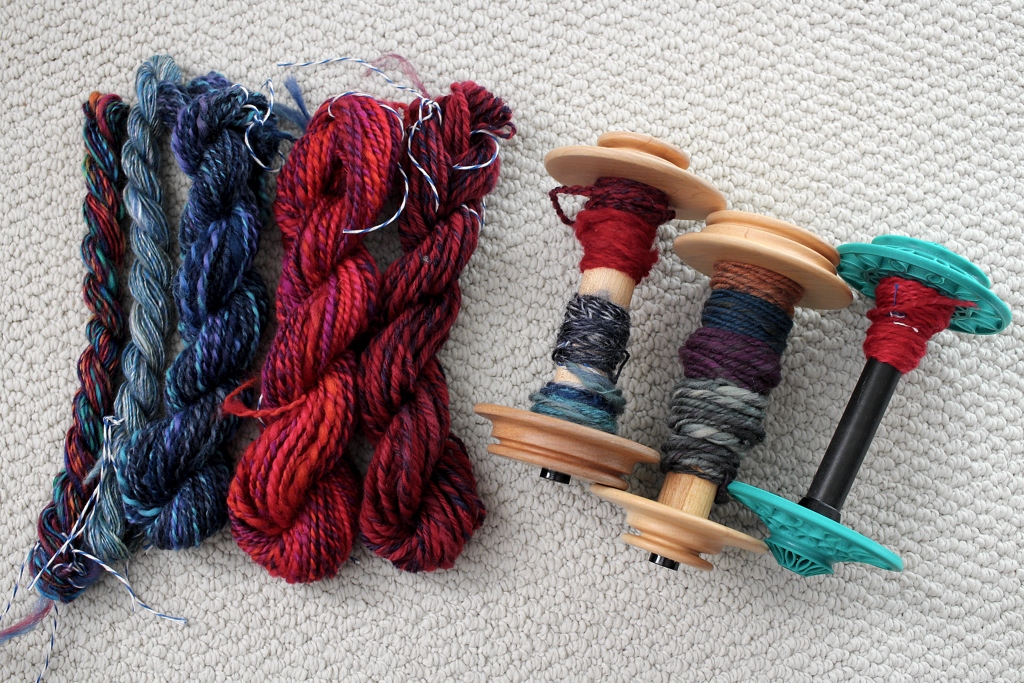#the100dayproject and my 100 days of handspun started last Tuesday. I already missed a day, but I did make it up when I had both the time and energy to spin yarn. And, in a happy coincidence, the project kicked off the same week that I was going to a spinning class. Maggie Casey was teaching You Can’t Tell A Braid By Its Color, a 2-part class about different ways to spin and manipulate color.
Part 1 focused on drafting. We got a few different kinds of dyed fiber to work with: top made of longitudinal stripes, semi-solid colors, heavily blended heathers, splotchy dye jobs, and top with long sections of color. I made fine fingering samples and bulky samples. I spun worsted, long-draw, and even over the fold. I spun the fiber as is, pre-drafted, and teased out sideways. I divided fiber into narrow strips to change the ratio of colors. All of this to see how these methods affected the color in the singles. Then I plied the singles back on themselves in either a 2-ply or chain-ply.
Going into this class, I thought I knew a decent amount about how to spin with color. I’m not a beginner, but there’s clearly still a lot to learn. The thought isn’t disappointing or depressing. It’s exciting because there are still things to try and and techniques to play with. Learning anything is a journey, not a destination.



